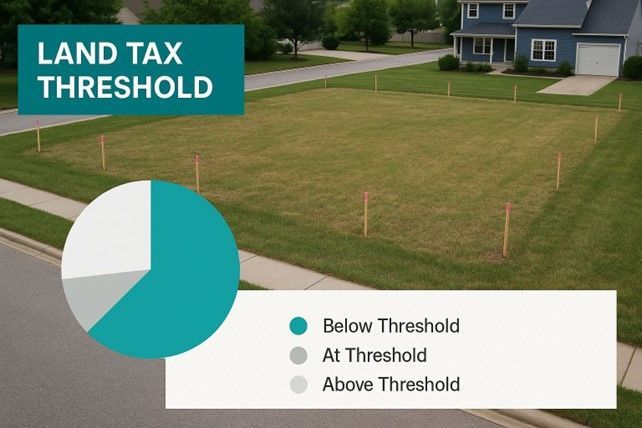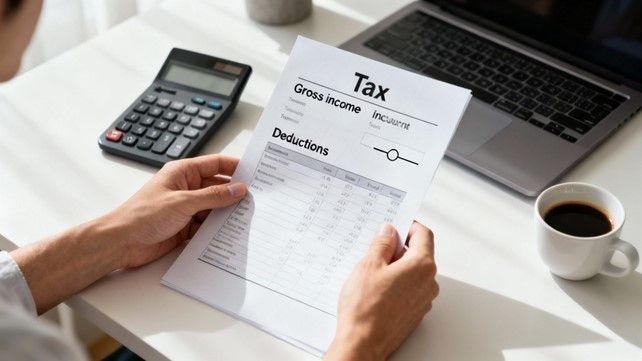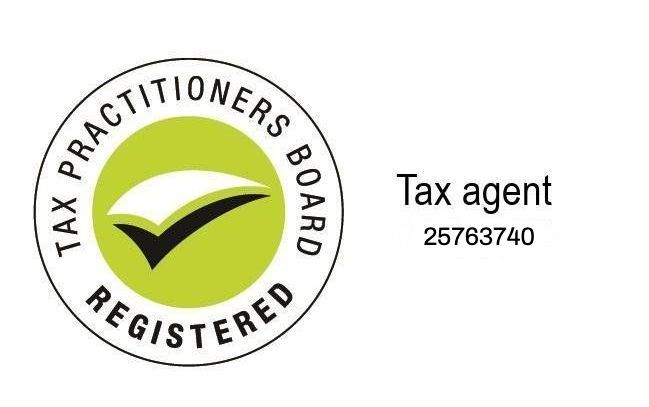Navigating the Recent ATO Scrutiny on SMSFs – What You Need to Know
Navigating the Recent ATO Scrutiny on SMSFs What You Need to Know
In light of the Australian Taxation Office's (ATO) recent warnings and increased scrutiny over Self-Managed Superannuation Funds (SMSFs), it's crucial for trustees to stay informed and vigilant. The focus is sharp on scrutinising the financial backgrounds of individuals setting up SMSFs, with a keen eye on past financial discrepancies. This initiative aims to safeguard the integrity of SMSFs and ensure compliance with superannuation laws.

Key Areas of Attention
Increased Scrutiny on SMSF Setups:
The ATO is now meticulously reviewing SMSF establishment applications. This move is primarily focused on the background and history of individuals involved, looking for red flags like past insolvencies, convictions for dishonesty, and previous non-compliance with ATO obligations. Notably, around a quarter of applications undergo manual review.
Illegal Early Access Concerns:
The ATO's 'illegal early access estimate' program is a new initiative aimed at preventing premature withdrawal of superannuation funds. Key warning signs include loans from SMSFs to members or related entities and advice from promoters about early super access. Accountants and trustees must be alert to clients experiencing financial stress or failing to lodge tax returns, as these are significant indicators of potential misuse.
Common Mistakes and Penalties:
Breaches in areas such as in-house assets, asset separation, and member loans continue to be prevalent. The ATO’s penalties for non-compliance range from fines to the extreme of freezing a fund’s assets. However, factors like compliance history and voluntary disclosure can influence penalty decisions.
Prohibited SMSF Loans:
One major contravention reported involves loans to members, which are strictly prohibited under superannuation laws. Trustees need to remember that SMSF funds cannot be used for personal financial assistance.
Diversification and Liquidity Risks:
The ATO has cautioned SMSFs with significant investments in a single asset class, such as property, urging them to consider diversification and liquidity risks. While compliance might seem challenging, it's attainable with a well-considered investment strategy that acknowledges and manages these risks.
Our commitment at THN & Samios Partners is to keep you informed and compliant. Remember, being proactive and educated in your SMSF management is key to navigating these ATO regulations successfully.












